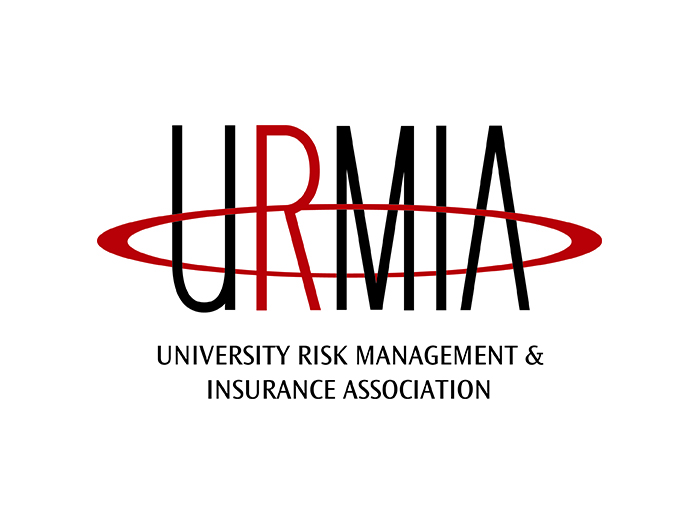Column: Risk Management
Straw and Stick Design
Remember the story of the three little pigs? The first little pig built his house out of straw because it was the easiest and cheapest thing to do. The second little pig built his house out of sticks, slightly stronger and moderately more expensive than a straw house.
The third little pig wanted a solid and safe house. He built his house out of bricks. He paid a little more and worked harder at the outset, but in the end, he was the last pig standing. What a smart little pig.
We heard this story as children. It was among our first lessons in life. And yet it seems like we never learn.
Two recent events have grabbed my attention. Unfortunately, they each have disastrous outcomes — too many innocent victims and too few individuals who will take responsibility for the failures.
Sadly, I fear that even these events will fail to compel those in the affected industry to seriously change risk management practices and not sweep this under the rug.
In less than a month, train derailments killed 126 people in Spain and Canada.
Although investigations aren’t complete, it has been speculated that both catastrophes involved human neglect.
In the Spanish train derailment, the driver has admitted his recklessness. Human error along with a failure to install an adequate emergency braking system caused the deaths of dozens of innocents. The compensation to the families, the maximum compensation, is set at 25,000 Euros. That’s it.
Let’s do the math, 79 x 25,000 = 1.975 million euros; likely cheaper than the cost of the braking system that would have saved their lives. Let us not forget other costs of replacing the trains and repairing the track.
The driver is going to jail for 1,000 years, or something equally extreme. I’m sure he learned his lesson that talking on a cell phone while driving is a bad idea. But where are the lessons for the builders, planners, financiers and government officials who originally approved this public transport system?
We should not tolerate inadequate safety systems in our public transportation. Wouldn’t a strong penalty for the creators and regulators of this system send a message to the entire world?
The second train derailment happened in Lac Megantic, Quebec. Again, this appears to be a disaster caused by human error and the failure to implement technology that could have saved lives.
To date, no criminal charges have been filed. Financially, the company was insured for $25 million, and has declared bankruptcy to minimize the damage to the company and creditors. The estimated cost of the clean-up is $200 million. Is it reasonable to assume the company believed it was adequately covered to operate in the manner it demonstrated?
Or, was it the company’s risk management strategy to under-insure and play the bankruptcy card in this unlikely event? In either case, I hope the powers that regulate this industry make an example of this company.
Enough of the straw and stick designs. Those who build public infrastructure and safety systems that break down so easily must pay the price. We must hold more individuals responsible for negligence when it comes to public safety.
Running away from negligence can never be a risk management option. When it comes to public infrastructure, I hope we’ve learned from what happened to our neighbors and I hope the wolf will always find himself blowing on a brick house.










